Understanding the fundamentals
To truly grasp the intricacies of pickleball shots, one must first understand the game's foundational components. Like the first brushstroke on a blank canvas, the basic rules and essential equipment set the stage for the artistry of the game. Let’s delve into the core elements that shape your pickleball journey.
Pickleball 101
- What is pickleball?
Pickleball is a paddle sport that combines elements of badminton, tennis, and table tennis. It is played with a net, a court, and a perforated plastic ball. The charm of pickleball lies in its accessibility anyone can pick up a paddle and immediately enjoy the game. - Basic rules and gameplay
The game is played with either two or four players, revolving around a series of serves, returns, and volleys that must adhere to established rules. Players must serve diagonally and strike the ball below the waist. Failure to do so results in faults, creating tension akin to the suspense of a well-crafted novel. - Pickleball court: dimensions and areas
A standard pickleball court measures 20 feet wide by 44 feet long, with a non-volley zone or "kitchen" extending 7 feet from the net on either side. The court is divided into service boxes and areas for play, similar to sections in a symphony, where each note adds to the harmony of the game. - Essential equipment: paddles, balls, and apparel
To step onto the court, players need a paddle (generally made of composite materials), a lightweight plastic ball with holes, and appropriate athletic wear. The choice of gear significantly influences performance, akin to a musician selecting their instrument for an important concert.
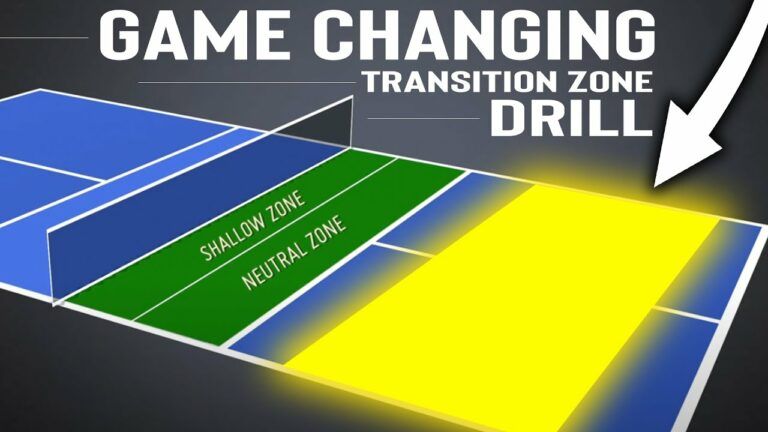
Understanding scoring in pickleball
Scoring in pickleball can be seen as a dance, where players must keep time to outmaneuver their opponents. Understanding how points are earned and the rules that govern play is crucial for anyone serious about the sport.
- Earning points: serving and fault rules
Points are only awarded to the serving team. After a successful serve, players can score when the opposing side fails to return the ball or commits a fault. This system creates a dynamic interplay reminiscent of a chess match, where each move has significant consequences. - Serving sequence and rotations
Players must adhere to a specific serving order when playing doubles. The first server from one team serves; if successful, the second player takes their turn. The coordinated structure adds layers of strategy, often mirroring a well-rehearsed dance routine. - Winning the game: point totals and game format
Most games are played to 11 points but require a two-point lead for victory. Formats can vary, including single games or best two out of three. This creates the theatrical tension akin to a nail-biting finale in a gripping novel.
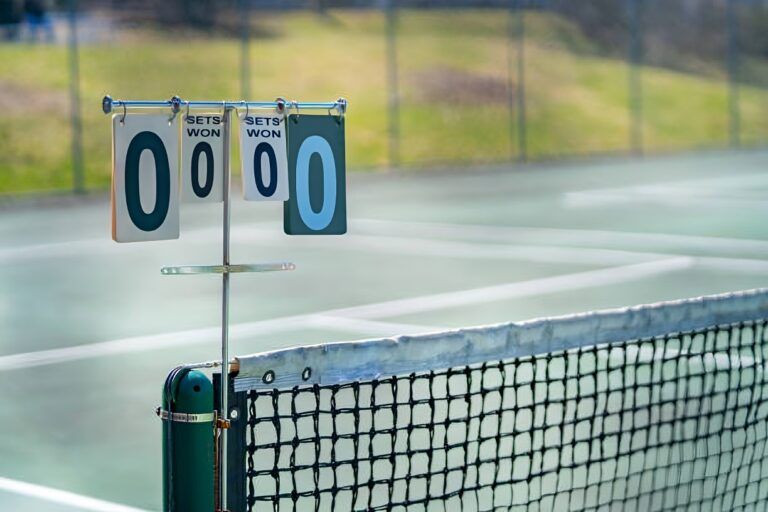
Mastering the basic strokes
Once you have a grasp of the fundamentals, it’s time to delve into the heart of pickleball mastering the various strokes. Think of each stroke as a tool in your kit, each with its unique purpose and function designed to elevate your performance on the court.
Groundstrokes
Groundstrokes form the basis of play after the ball has bounced. Mastering them is akin to perfecting your breathing: it’s intuitive yet critical.
- Forehand groundstroke technique
To execute a forehand groundstroke, players should position themselves laterally to the ball and use a combination of body rotation and arm extension to generate power. The sensation of hitting the ball cleanly can be euphoric, akin to the feeling of a well-placed musical note drifting through the air. - Backhand groundstroke technique
Conversely, the backhand groundstroke requires grip precision and follow-through. Beginners often struggle with this shot, but with practice, it can become second nature. The beauty is in the adjustment like a painter finding the right stroke for their masterpiece. - Tips for consistent groundstrokes
Focus on balance and footwork. Players should ensure they are well-positioned when contacting the ball for maximum effectiveness. Regular drills can solidify these skills, allowing you to approach opponents with confidence.
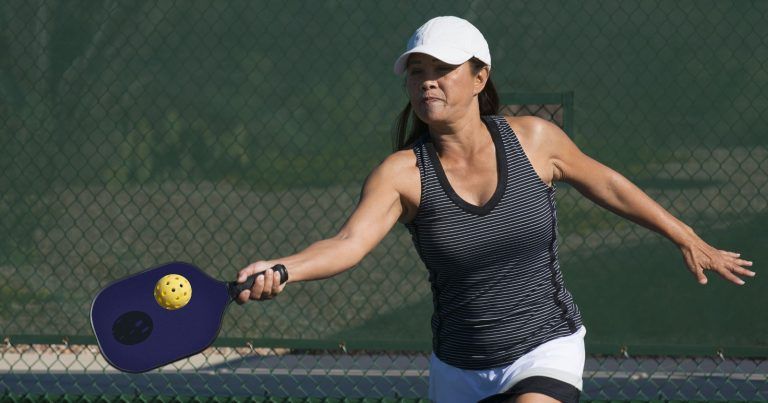
Volleys
Volleys are swift, decisive shots made before the ball touches the ground, placing pressure on the opponent and forcing them into a defensive position. They’re akin to quick jabs in boxing fast, strategic, and sometimes game-changing.
- Forehand volley technique
To perform a forehand volley, a player needs to be agile, positioning themselves to intercept the ball before the bounce. Proper grip and a compact swing are key; timing is everything. The thrill of executing a perfect volley sends a rush of adrenaline like crossing the finish line in a race. - Backhand volley technique
Much like the backhand groundstroke, the backhand volley requires similar precision and focus. Players should keep their paddle in front of their body and remain alert to adjust to the incoming ball’s trajectory. - When to volley and positioning
Being at the net opens up opportunities for effective volleys. Players should aim to build momentum and close in on the opponent, effectively limiting their options, akin to a great actor who knows their cues perfectly on stage.
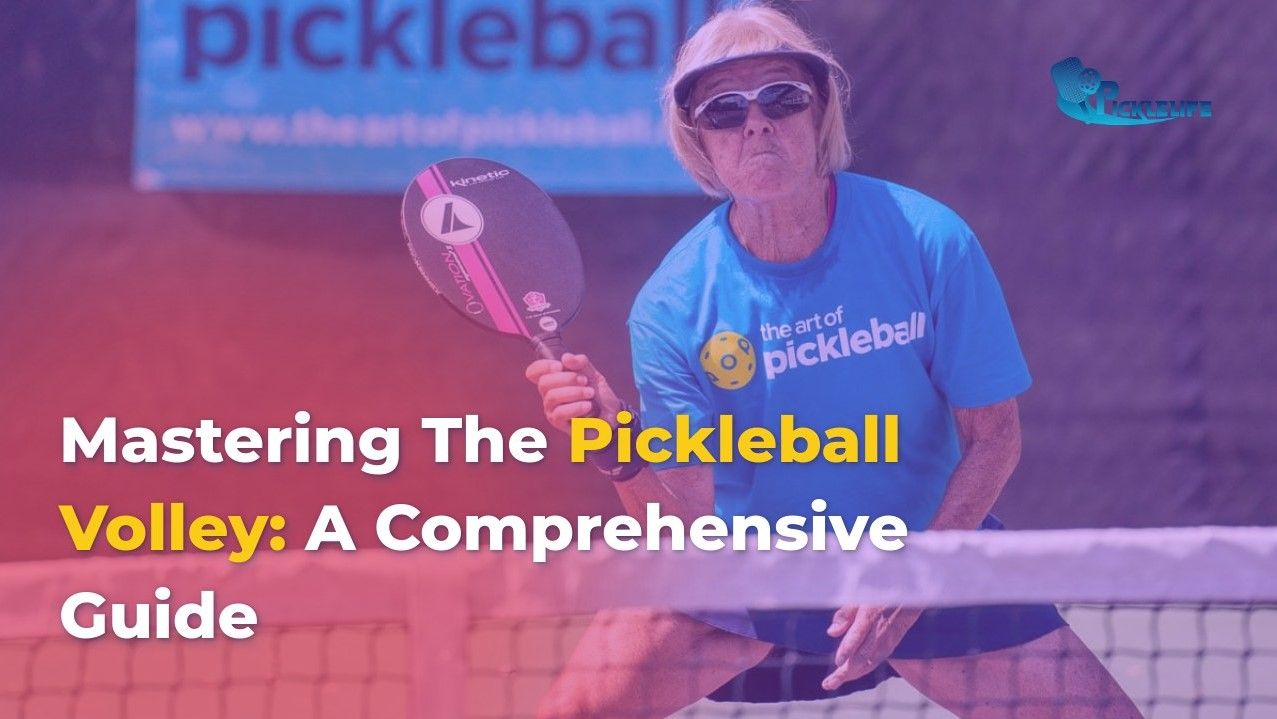
Dinking: the art of soft shots
Dinking is a strategic shot that introduces a layer of finesse to the game. Much like a whisper in a crowded room, a well-executed dink can silence opponents and shift the flow of the match.
- What is a dink?
A dink is a soft shot played just over the net, designed to land in the kitchen area. Its purpose is to catch your opponent off guard, forcing them into a position of disadvantage. - Dinking technique and grip
Executing a successful dink requires a gentle touch, maintaining a stable grip while controlling the paddle's face angle. The aim is to impart just enough spin to keep the ball low over the net. - Dinking strategy: placement and control
Strategically placing your dinks can help exploit weaknesses in your opponent’s game. Aim for angles and gaps, drawing your competitor out of position much like a chess player luring their opponent into a trap.
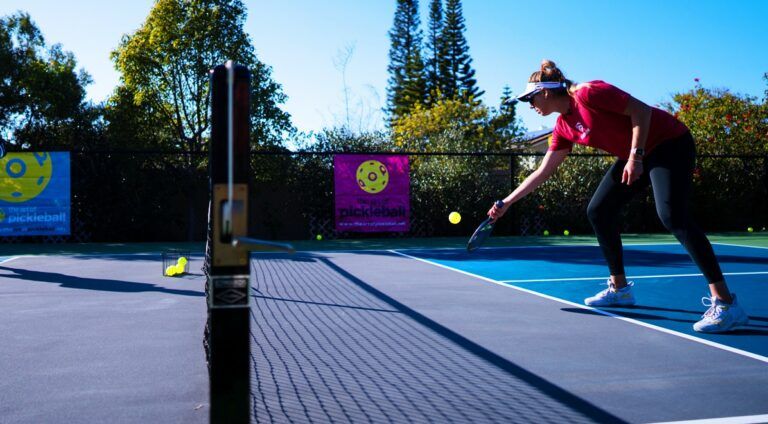
Essential pickleball shots for beginners
As a beginner, familiarizing yourself with several essential shots can significantly enhance your gameplay. Each shot serves a unique purpose, contributing to your arsenal of skills.
The serve
The serve is the heartbeat of the game, setting the tone for each rally. Its successful execution can build confidence and sway momentum in your favor.
- Underhand serve technique and grip
The underhand serve is the most commonly used, necessitating a steady grip and proper foot placement behind the baseline. When performed correctly, it’s often seen as a deceptive gesture, similar to a magician revealing their card. - Legal serving rules: under the waist, two-bounce rule
Adhering to serving rules is vital. Serving must occur below the waist, and the ball must clear the non-volley zone. The two-bounce rule stipulates that the receiving team must allow the ball to bounce before returning it. - Serve placement strategies for beginners
Aim for deep serves that push your opponent back. Varying your serves keeps opponents guessing and allows you to dictate the play’s pace. This unpredictability changes the rhythm, much like a conductor guiding an orchestra through various tempos.
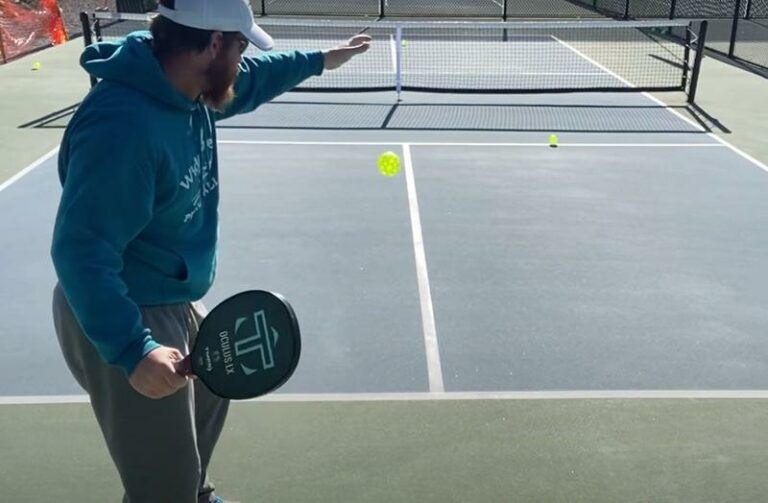
The return of serve
The return of serve is a crucial moment that can dictate the follow-up play. It’s your first strategic move in response to your opponent’s effort.
- Techniques for returning the serve
Focus on timing and positioning to return serves effectively. A well-timed return can place your opponent on the back foot, creating an opportunity for an aggressive follow-up. - Positioning for the return
Maintaining a balanced stance will allow you to react swiftly. Positioning in the center of the court anticipates various serve angles, enabling you to respond effectively. - Neutralizing a strong serve
Strong serves can be intimidating, but be prepared to absorb the pressure. A well-placed return can disrupt your opponent's rhythm, much like a surprising plot twist in a gripping story.
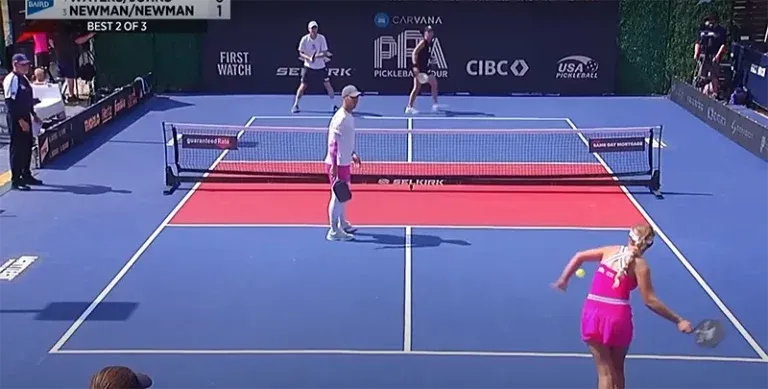
The third shot drop
One of the most pivotal shots in pickleball, the third shot drop, requires careful consideration and technique.
- Why is the third shot drop important?
Typically played after the serve and return, it's a critical moment when players can gain control of the net. A successful drop can set the stage for an aggressive strategy. - Third shot drop technique and spin
Executing this shot involves softening your stroke and targeting the opponent's kitchen. Adding spin can create an unpredictable bounce, akin to how an artist adds depth to a painting. - Practice drills for mastering the third shot drop
Regular practice with targeted drills will enhance precision and execution during gameplay, allowing you to integrate this invaluable shot into your repertoire.
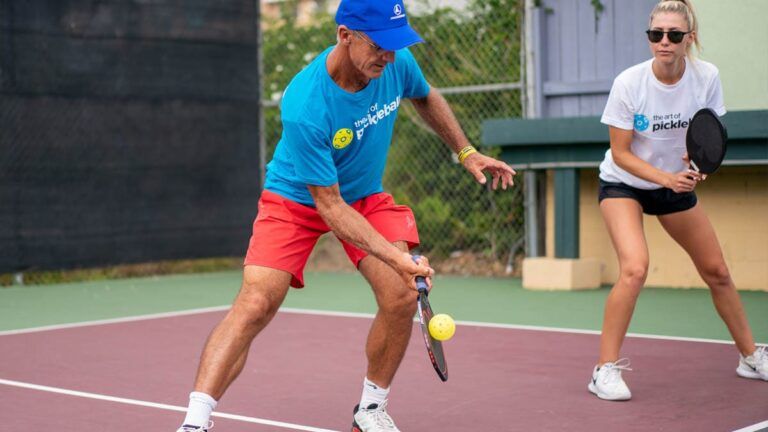
Playing in the kitchen
Understanding the non-volley zone, referred to as the kitchen, is a crucial aspect of strategic play in pickleball. This area offers unique opportunities and challenges that players must navigate skillfully.
Understanding the non-volley zone (kitchen)
The kitchen demands respect and awareness. Its presence adds complexity to your gameplay, influencing how you approach each point with a sense of caution.
- Rules of the kitchen: no volleying allowed
Players are prohibited from volleying the ball while standing in the kitchen. Violations can lead to lost points and create a sense of urgency, as though a spotlight has been cast on a pivotal moment in a performance. - Avoiding kitchen faults: foot placement and contact
Proper foot positioning is crucial to avoid accidental faults. Overstepping can lead to significant consequences, reinforcing the need for discipline akin to a dancer maintaining grace and poise. - Strategic advantages of the kitchen
Utilizing the kitchen effectively offers opportunities to control the pace of the game and manipulate your opponent’s movements, much like a chess player controlling the center of the board.
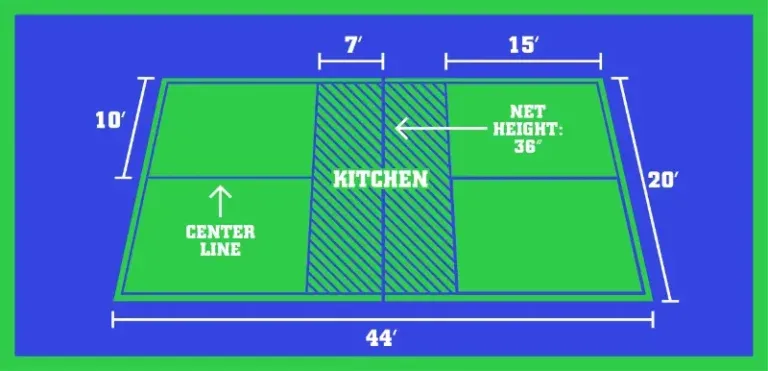
Dinking in the kitchen
Dinking is often utilized in the kitchen, creating a unique tactical battle that can shift the game’s momentum.
- Maintaining control with soft dinks
Executing soft dinks in the kitchen can force your opponents into difficult situations, creating opportunities to capitalize on their mistakes. - Dink placement: targeting opponent's weaknesses
Strategic placement can exploit your opponent’s vulnerabilities, forcing them into a defensive stance, like a predator cautiously circling its prey. - Creating opportunities for attacking shots
Mastering the art of dinking opens pathways for subsequent aggressive shots, allowing you to dictate the tempo and direction of the play.
Defensive shots
In pickleball, understanding defensive shots is just as important as offense. Whether blocking or lobbing, these shots serve a purpose in maintaining play balance and setting up counterattacks.
The block
Mastering the block can turn the tide during intense rallies, providing protection against strong incoming shots.
- Purpose of the block: deflecting hard-hit shots
The block is primarily used to absorb and redirect hard strikes, allowing players to maintain control over the point. - Block technique: paddle position and grip
Proper paddle positioning is essential. The paddle should be angled slightly backward to absorb the ball's energy without losing momentum. - Positioning for effective blocking
Remaining balanced and anticipating the shot allows players to position themselves efficiently, much like a defensive lineman preparing for a play in football.
The lob
The lob is a strategic shot often used to push opponents back from the net, allowing players to reclaim space.
- When to use a lob: pushing opponents back
Employing a lob can be particularly effective when opponents are crowding the net, forcing them into a retreat. This tactic is reminiscent of a clever ploy in storytelling that enables a character to regain control in a dire situation. - Lob technique and spin
Hitting a lob requires a precise upward motion, imparting spin to prevent easy returns. The goal is to execute a shot that arcs majestically over your opponent, like a soaring bird in flight. - Targeting lobs for maximum effectiveness
Strategically aiming lobs toward the sides of the court can create openings for follow-up shots, enhancing your offensive capabilities much like a dramatic plot twist in a captivating narrative.
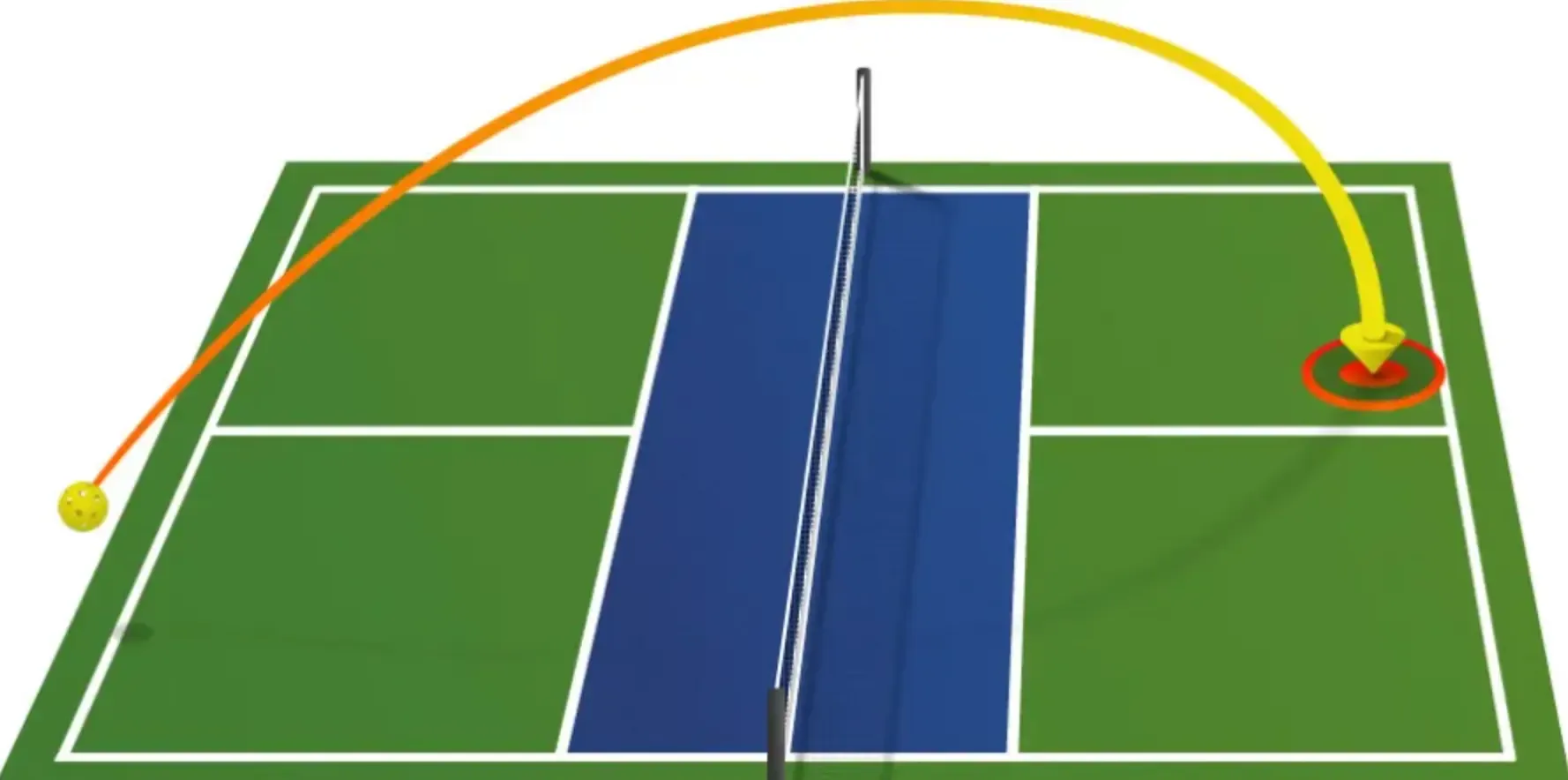
Beyond the basics
As you progress in pickleball, honing your skills through drills and practice is essential for continual improvement. The journey of growth in any field can be likened to an unfolding novel, filled with challenges and triumphant moments.
Practice drills for beginners
Establishing a routine of focused practice enriches your game and builds consistency.
- Continuous dinking drill: Engaging in repetition helps refine your touch and placement, ensuring your dinks become a reliable part of your arsenal.
- Groundstroke consistency drill: Practicing groundstrokes ensures players can confidently respond during rallies. Emphasizing follow-through and posture will assist in enhancing both power and control.
- Serve and return drills: Dedicated time for both serving and returning helps strengthen these critical components, allowing players to feel more confident when match day arrives.
Tips for improving your game
To elevate your gameplay, consider implementing thoughtful strategies:
- Focus on footwork and positioning
Excellent footwork will keep you agile, allowing you to adjust quickly while maximizing court coverage. - Develop a consistent serve routine
Establishing a pre-serve ritual can help calm nerves and enhance focus, enabling players to deliver effective serves consistently. - Practice patience and shot selection
Learning to wait for the right moment to strike can make the difference between a missed opportunity and a winning point, much like the careful crafting of an emotional storyline.
Conclusion
Navigating the world of pickleball may feel overwhelming initially, but with dedicated practice and an understanding of the fundamental shots, any player can find their footing. Embracing the nuances of each stroke will not only enhance your gameplay but also deepen your appreciation for this dynamic sport. As you step onto the court, remember that each shot is an opportunity a chance to narrate your own story in the exhilarating chapter of pickleball. So gear up, practice diligently, and let the game inspire you to reach new heights on and off the court.










